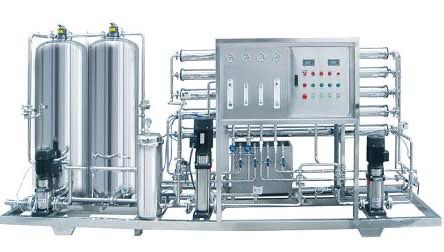RO Water System
What is Reverse Osmosis (RO) Water?

How Does RO Work?
Benefits of RO Water:
1. Removes up to 99% of impurities, including:
– Heavy metals (lead, mercury, arsenic)
– Bacteria (E. coli, Salmonella)
– Viruses (Rotavirus, Norovirus)
– Pesticides and herbicides
– Pharmaceuticals
2. Improves taste and odor
3. Reduces risk of waterborne diseases
4. Helps protect appliances from mineral buildup
RO Water Quality Standards:
1. NSF International Certification
2. WHO (World Health Organization) guidelines
3. EPA (Environmental Protection Agency) standards
RO Water Applications:
1. Drinking water
2. Cooking
3. Ice making
4. Laboratory use
5. Medical facilities
6. Food and beverage industry
Common RO System Components:
1. Membrane
2. Filter cartridges
3. Pump
4. Storage tank
5. Faucet
Maintenance Requirements:
1. Regular filter replacement
2. Membrane replacement (every 2-3 years)
3. Cleaning and sanitizing
FAQ
Additional Resources:
1. WHO Guidelines for Drinking Water Quality
2. NSF International Certification Standards
3. EPA Drinking Water Standards

